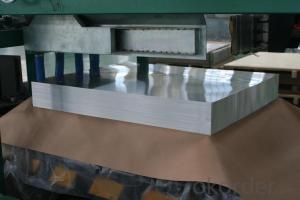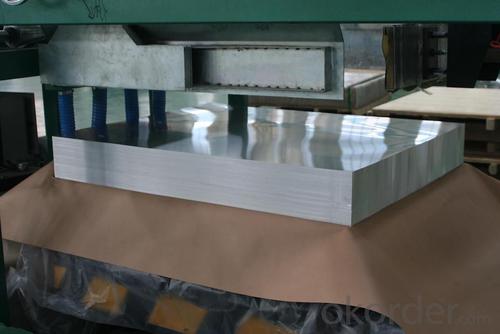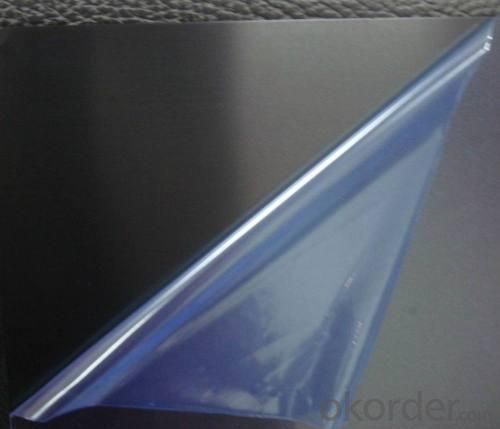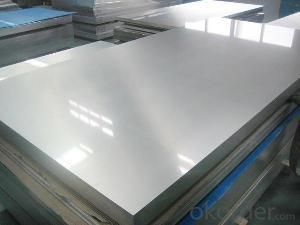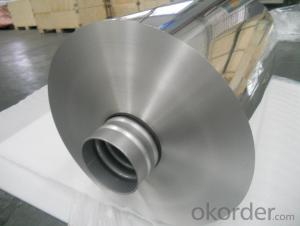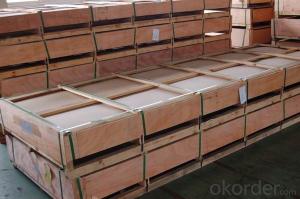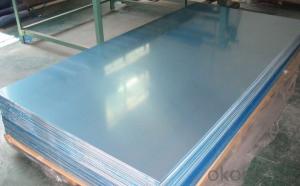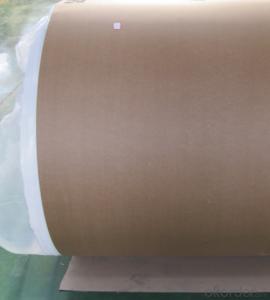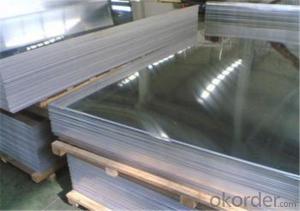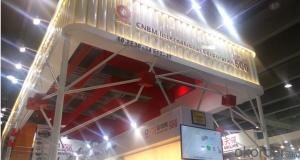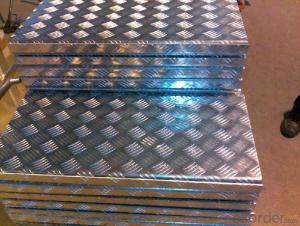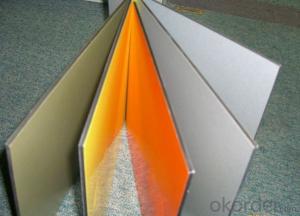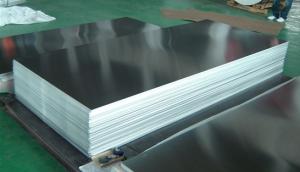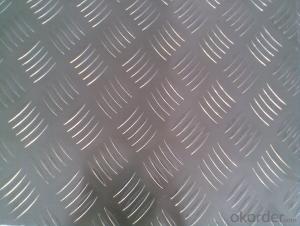2 6 Aluminum Sheets - Alloy 8011/1100 Flat Aluminum Sheet for Circuit Board
- Loading Port:
- Shanghai
- Payment Terms:
- TT OR LC
- Min Order Qty:
- 2.5
- Supply Capability:
- 5000 m.t./month
OKorder Service Pledge
OKorder Financial Service
You Might Also Like
Specification
Alloy 8011/1100 Flat Aluminum Sheet for Circuit Board
l Product Introduction
Aluminium has a lot of salient properties that the other metals do not have. It is very strong, yet it is not very heavy. Like other metals, it conducts electricity and heat to a moderate degree. Most industries require aluminium sheets for various purposes. Aluminium can be easily beaten into sheets because of its high malleability. It has the preoperty of light weight, medium strength, easy-forming and anti-corrosion.
l Product Description
| Decorative Coil/Plate | ||
| Alloy: | 1100/8011/3003 | |
| Temper: | H16/H18/H26 | |
| Thickness: | 0.10mm~0.50mm | |
| Width: | 1000mm--1300mm | |
| Tensile Strength: | 155~230Mpa | |
| Elongation: | ≥2.0% | |
| T Bend: | within 2T | |
| PS Board Base | ||
| Alloy: | 1060 | |
| Temper: | H18 | |
| Thickness: | 0.14mm~0.27mm | |
| Width: | 300--1250mm | |
| Tensile Strength: | ≥140Mpa | |
| Elongation: | ≥2.0% | |
| Circuit/Lighting sheet | ||
| Alloy: | 1060/1100/8011/1050 | |
| Temper: | H16/H18 | |
| Thickness: | 0.14mm~0.50mm | |
| Width: | 300--1250mm | |
| Tensile Strength: | 165~195Mpa | |
l Packaging & Delivery
Packaging detail: Seaworthy Export Standard Wooden Pallet and with damp proof film as first layer, Kraft paper as second layer, Cardboard card as third layer Criss-cross steel strip to fix outside
Delivery detail: About 25 days
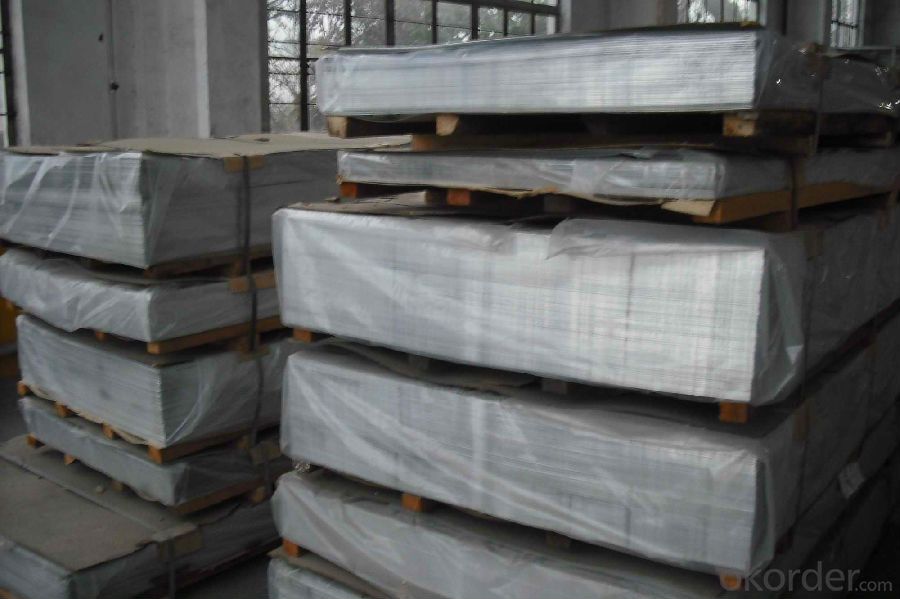
l Company Profile
CNBM International Corporation, China National Building Materials (Group) Corporation, is one of the largest companies in China building material & equipment industry, with 42,800 employees and sales in 2005 of US Dollar 4.395 billion. In 2006, China National Building Material Company Limited was listed on Hong Kong Stock Market with the stock code as 3323. |
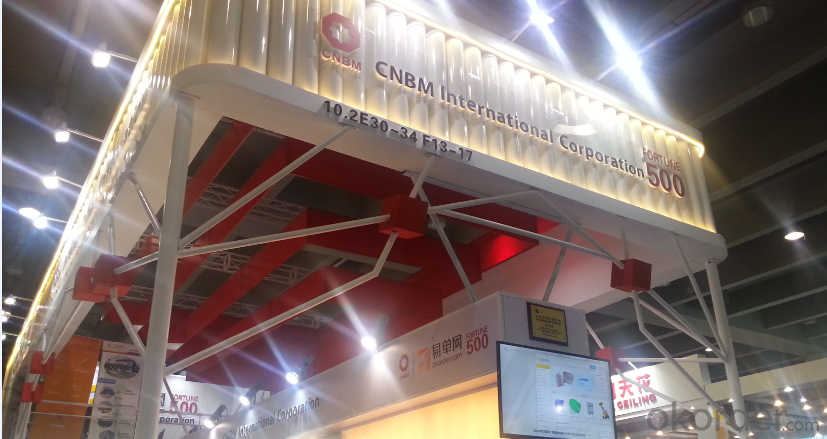
l CNBM World Wide
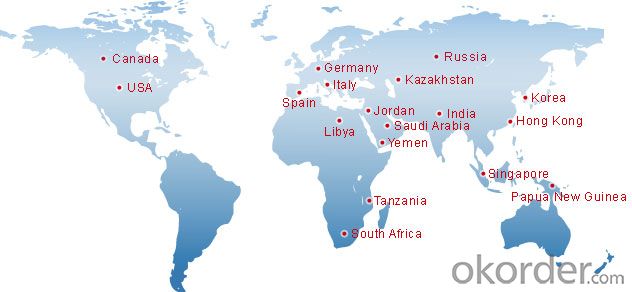
l Products Images
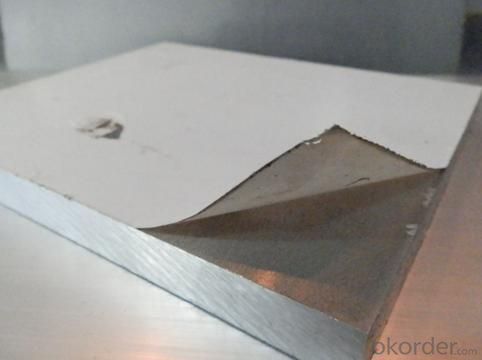
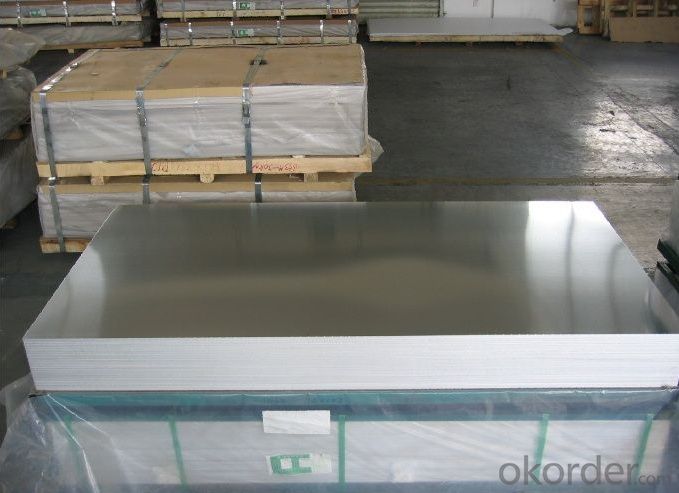
l Certificates
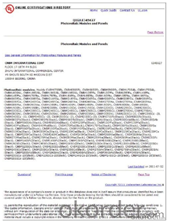
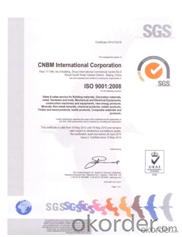
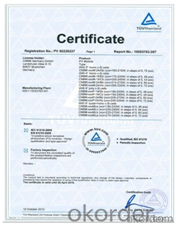
l FAQ
Q: Do you provide free samples?
A: Yes, free samples will be sent to you on freight at destination.
Q: Can I get your latest products catalogue?
A: Yes, it will be sent to you in no time.
Q: What is the MOQ?
A: 2.5 tons
Q: What are your payment terms?
A: We accept L/C, T/T
- Q: (1) Aluminum is malleable. (2) Aluminum reacts with sulfuric acid.(3) Aluminum conducts an electric current.(4)Aluminum has a density of 2.698 g/cm3 at STP.Explain why.
- statement 2 because it describes the nature of a reaction involving aluminium. The reaction is governed by its chemical properties such as the number of electrons is contains and its ability to for ions.
- Q: Normally, when I install a 30-amp dryer receptacle, the wire is #10 copper and I double over the end with lineman's pliers prior to landing it in the lug just to be extra tight. Today I replaced a dryer outlet wired with #8 aluminum SE. The quandaray I have is that the lugs seem made for #6 and the #8 just sort of flattens and divides under the screw. Is this safe? The doubling over move makes the wire way too thick for the lugs to close. I've been doing electric for many years and have never run into this. Should I go back and re-run the circuit (only about 30 feet) in #10 copper? What is the actual draw of a typical electric dryer on high heat, anyway? Thanks.
- Copper safer than Alum at high amperages
- Q: are there any carbonated mineral water that are produced in aluminium cans.
- fee, and make contact with. they are the two carbonated interior the comparable way. that is basically a sensible (no longer in my opinion) advertising ploy. A play on words suggesting that one is larger than the different!
- Q: To rephrase- in our physics class we found that a simple bar magnet wouldn't attract to an aluminum gutter nail, but our teacher told us to find out whether or not any magnet could lift up the aluminum material. If you answer please give a reference or source, or at least an idea on how to go about researching this, all help appreciated, thanks and God Bless!
- Aluminum Magnet
- Q: Is aluminum sheet resistant to UV rays?
- Indeed, aluminum sheet exhibits resistance to UV rays. By nature, aluminum develops a safeguarding oxide layer which functions as a shield against UV radiation. This protective layer aids in safeguarding the aluminum sheet from harm or deterioration caused by the sun's UV rays. Consequently, aluminum sheet proves to be an appropriate material for outdoor usage, enduring extended exposure to sunlight without experiencing fading or deterioration. Moreover, the reflective characteristics of aluminum also contribute to its resistance against UV rays, as it can effectively reflect a considerable portion of the sun's rays, diminishing heat absorption and the likelihood of damage.
- Q: What the glue of L solidified aluminum and fast acrylic plate, solid glue?
- If you only need sticky sticks and low marks, you can choose N-906AB glue or KD-855 quick drying metal glue
- Q: What are the different methods of surface coating for aluminum sheets?
- There are various methods of surface coating available for aluminum sheets, each offering unique benefits and applications. Some of the most commonly used methods include: 1. Anodizing: This process involves creating a protective oxide layer on the surface of the aluminum by immersing it in an electrolytic solution. Anodizing provides enhanced corrosion resistance, improved durability, and can also be used to achieve decorative finishes. 2. Powder coating: Powder coating involves applying a dry powder onto the surface of the aluminum and then curing it through a heating process. This method provides a durable and attractive finish, with excellent resistance to abrasion, chemicals, and UV rays. 3. Painting: Aluminum sheets can be coated with conventional liquid paints to achieve various colors and finishes. This method allows for customization and offers good corrosion protection, but may not be as durable as other methods. 4. Cladding: Cladding involves bonding a protective layer, such as stainless steel or other metals, onto the surface of the aluminum sheet. This method provides superior protection against corrosion, impact, and extreme weather conditions. 5. Laminating: Laminating involves applying a thin layer of protective material, such as PVC or PET film, onto the surface of the aluminum sheet. This method enhances the sheet's resistance to scratching, staining, and fading, making it suitable for applications requiring long-term durability. 6. Chemical conversion coating: This method involves treating the aluminum surface with a chemical solution to create a thin, protective layer. Chromate conversion coating, for example, enhances corrosion resistance and improves paint adhesion. 7. Electrophoretic deposition (EPD): EPD involves immersing the aluminum sheet in a water-based paint solution and applying an electric current to deposit the paint particles onto the surface. This method provides uniform coating thickness and excellent corrosion resistance. Each of these surface coating methods offers specific advantages and is suited for different applications. Choosing the appropriate method depends on the desired properties, aesthetics, and the intended use of the aluminum sheets.
- Q: This question asks for a comparison between aluminum sheets and other roofing materials, highlighting their differences.
- <p>Aluminum sheets differ from other roofing materials such as asphalt shingles, clay tiles, and metal roofs in several ways. They are lightweight, durable, and resistant to corrosion, making them ideal for coastal areas. Aluminum sheets offer a sleek, modern aesthetic and can be easily recycled, contributing to their environmental friendliness. Unlike asphalt shingles, which have a shorter lifespan, aluminum sheets are long-lasting and can withstand extreme weather conditions. They also don't require the same level of maintenance as clay tiles, which can crack over time. While metal roofs can be similar to aluminum in terms of durability, aluminum sheets are typically more cost-effective and offer a wider range of colors and finishes.</p>
- Q: What are the different methods of surface passivation for aluminum sheets?
- There are several different methods of surface passivation for aluminum sheets, each with its own advantages and applications. Some of the commonly used methods include anodizing, chromate conversion coating, and organic coating. 1. Anodizing: Anodizing is a widely used method that involves creating a thick protective oxide layer on the surface of the aluminum sheet. This is achieved by immersing the sheet in an electrolyte solution and passing a current through it. Anodizing provides excellent corrosion resistance, improves the surface hardness, and allows for various color options through dyeing. It is commonly used in architectural and decorative applications. 2. Chromate conversion coating: Chromate conversion coating, also known as chemical conversion coating or chromating, involves treating the aluminum surface with a solution containing chromate compounds. This method provides a thin, protective layer that improves corrosion resistance and enhances paint adhesion. It is widely used in aerospace, automotive, and electronics industries. 3. Organic coating: Organic coating refers to the application of a protective layer of organic material, such as paint or powder coating, onto the aluminum surface. This method provides exceptional corrosion resistance and can also offer aesthetic options. Organic coating is commonly used in industries where the aluminum sheets are exposed to harsh environments or require specific colors or finishes. 4. Plasma electrolytic oxidation (PEO): PEO is a relatively newer method that involves immersing the aluminum sheet in an electrolyte solution and passing high-voltage current through it. This process leads to the formation of a ceramic-like oxide layer on the surface, which enhances corrosion resistance, hardness, and wear resistance. PEO is commonly used in applications requiring high-performance coatings, such as aerospace and automotive industries. 5. Passivation with acids or chemicals: Passivation using acids or chemicals involves treating the aluminum surface with a solution that removes impurities and forms a protective layer. This method helps in reducing the reactivity of the surface and enhances corrosion resistance. It is commonly used in industrial applications where aluminum sheets are exposed to harsh chemicals or environments. Overall, the choice of surface passivation method for aluminum sheets depends on the specific requirements of the application, such as corrosion resistance, aesthetics, hardness, and environmental factors. It is important to consider factors such as cost, durability, and the desired performance characteristics when selecting the appropriate method.
- Q: What is the fatigue strength of aluminum sheets?
- The fatigue strength of aluminum sheets can vary based on several factors, including the composition of the alloy, thickness, condition of the surface, and the specific loading conditions. When compared to other metals, aluminum alloys typically exhibit favorable fatigue strength. To determine the fatigue strength of aluminum sheets, fatigue testing is commonly employed. This involves subjecting specimens to cyclic loading until failure. The fatigue behavior of aluminum sheets is characterized by the S-N curve, which represents the relationship between the applied stress amplitude (S) and the number of cycles to failure (N). Aluminum alloys, such as 2024-T3 and 6061-T6, are frequently used in industries like aerospace and automotive due to their high fatigue strengths. These alloys can endure millions of cycles at specific stress levels. For instance, at 10^6 cycles, 2024-T3 aluminum alloy has a fatigue strength of approximately 105 MPa (15,000 psi), while 6061-T6 aluminum alloy has a fatigue strength of around 96 MPa (14,000 psi). It is worth noting that the fatigue strength of aluminum sheets can be influenced by various factors, including surface defects, corrosion, temperature, and loading frequency. To enhance the fatigue strength, it is important to properly prepare the surface by smoothing it and eliminating sharp edges. Additionally, the use of appropriate stress relief treatments and design considerations, such as avoiding stress concentrations and optimizing joint design, can also improve the fatigue performance of aluminum sheets. In conclusion, the fatigue strength of aluminum sheets is generally considered good. However, it is crucial to consider the specific alloy, thickness, surface condition, and loading conditions in order to accurately determine and optimize the fatigue performance in practical applications.
Send your message to us
2 6 Aluminum Sheets - Alloy 8011/1100 Flat Aluminum Sheet for Circuit Board
- Loading Port:
- Shanghai
- Payment Terms:
- TT OR LC
- Min Order Qty:
- 2.5
- Supply Capability:
- 5000 m.t./month
OKorder Service Pledge
OKorder Financial Service
Similar products
Hot products
Hot Searches
Related keywords
